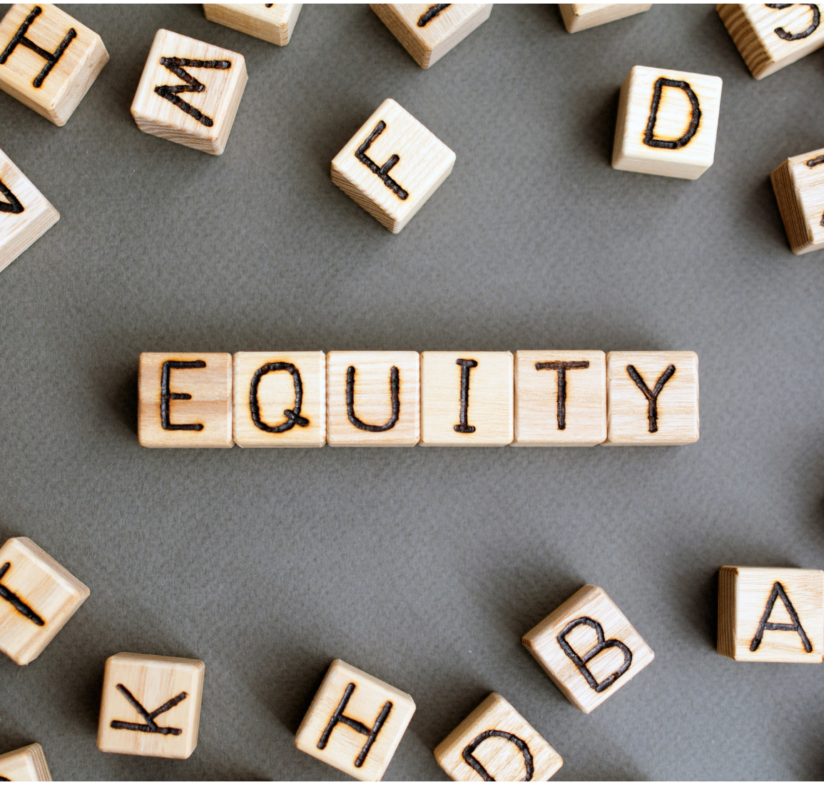Looking back on the past twelve months since the murder of George Floyd, do we see sustained efforts to address systemic equity issues in America?
For the Capital Region and for its major employers, the answer is ‘Yes’. With the caveat that there is much, much more to do.
Many organizations responded immediately, with initiatives ranging from Dominion Energy’s remarkably rapid commitment to support HBCUs (6 of the largest of which are in our region) to JP Morgan Chase’s $30 billion commitment to address racial inequity.
In the weeks and months that followed, most organizations have substantially increased their focus on addressing their own internal diversity, equity, and inclusion opportunities. Many of our partner organizations have committed to initiatives like OneTen and MLT’s Black Equity at Work efforts to insure Black talent has what it needs to succeed in corporate America, and McKinsey’s Black Leadership Academy. At GWP, we are working to drive adoption of ‘best fit’ approaches like these across more and more organizations in the region.
The Partners have made significant financial and institutional commitments to support nonprofits who are fighting racial injustice, academic institutions that are breaking down barriers to education, suppliers that are diverse, and funds that can help close the wealth gap. We are excited to showcase their commitments on our new Partner Initiatives webpage.
The data increasingly shows what we all know – that COVID not only highlighted but accelerated existing inequities and exacerbated financial fragility for so many. McKinsey’s recent report shows that only half of all Americans are able to cover living expenses for more than two months in the event of job loss, while also reporting that their economic situation deteriorated over the past year. Black women report the greatest disparity. Brookings recently reported that Washington, DC ranks 52 out of 53 MSAs in addressing the relative income poverty rate across races.
By some measures, the Capital Region has made significant progress creating better opportunity for more. The same McKinsey analysis shows that the economic opportunity score is relatively high, and the racial gap low for DC vs. other cities, and the District has had good success over the last two decades closing the racial income (but not wealth) gap.
What this means is that we all have even more work to do, even more quickly. As Brookings’ Amy Liu puts it, “While corporate giving is essential, it is insufficient… We need to shift from a charity mindset to good economic sense.”
Inclusive growth frames all of the work of the Partnership. Last month we launched a new Strategy Council, led by the inestimable Sheila Johnson (Salamander Hotels & Resorts) and Jason Wright (Washington Football Team), in partnership with Tony Pierce who leads our Inclusive Growth Board Committee. Through their leadership, we will soon begin work on an inclusive growth blueprint for the region. Stay tuned for the launch of our inclusive growth indicators dashboard, designed to hold all of us accountable on our journey toward equitable, inclusive growth.
The work doesn’t stop there. We are building a multi-million dollar scholarship fund for underrepresented students achieving digital certifications through the Capital CoLAB. And our Rail Vision (coupled with our foundational Blueprint for Regional Mobility) is driving the conversation on how we’ll move throughout the region in the future.
Our efforts on inclusive growth are getting noticed. We were delighted to have Jaime Dimon (JPMorgan Chase) and Mellody Hobson (Ariel Investments and Chairwoman of Starbucks) share their perspectives on the importance of inclusive growth a few weeks ago. We’re looking forward to having President Biden’s Senior Advisor and Director of the Office of Public Engagement Cedric Richmond address our Board in early June.
We believe that inclusion is the new innovation and that the region that is the most equitable and inclusive will attract, grow, and retain the best talent.
Talent is the fuel for growth, particularly in the new hybrid world of work that is starting to reopen. Our region has remarkable foundational strengths, diversity, and an extraordinary post-secondary educational infrastructure. Stay tuned for more announcements on that from us soon, and also check out my interview with Dr. Greg Washington of George Mason University, which has 37,000 students of remarkable diversity, 70+% of whom will stay in the Capital region.
The Partnership is designed to rigorously assess opportunities then catalyze solutions at pace that can scale, all toward our inclusive growth goal. This work will require years of sustained effort, and constantly reminding ourselves of our historical roots and truths, and continually learning.
That effort brings joy, too.
I had the opportunity to listen to Bryan Stevenson at a commencement last week and was so inspired by his declaration that ‘hopelessness is the enemy of justice’. And, I was inspired to participate yesterday in Build DC’s business idea competition, where we heard high school entrepreneurs from under-resourced communities present pitches for new products and services – and jobs – that were cool, relevant, and meaningful. We were happy to have so many Partner organizations support that effort, including providing mentorship — such vital social capital for these ‘Generation-E’ students.
Those students reminded us that their opportunity is our hope which is (to borrow from Mr. Stevenson) the accelerator of and ally to our future.
_
JB Holston is CEO of the Greater Washington Partnership. For more insights from JB, follow him on Twitter @jholston.

